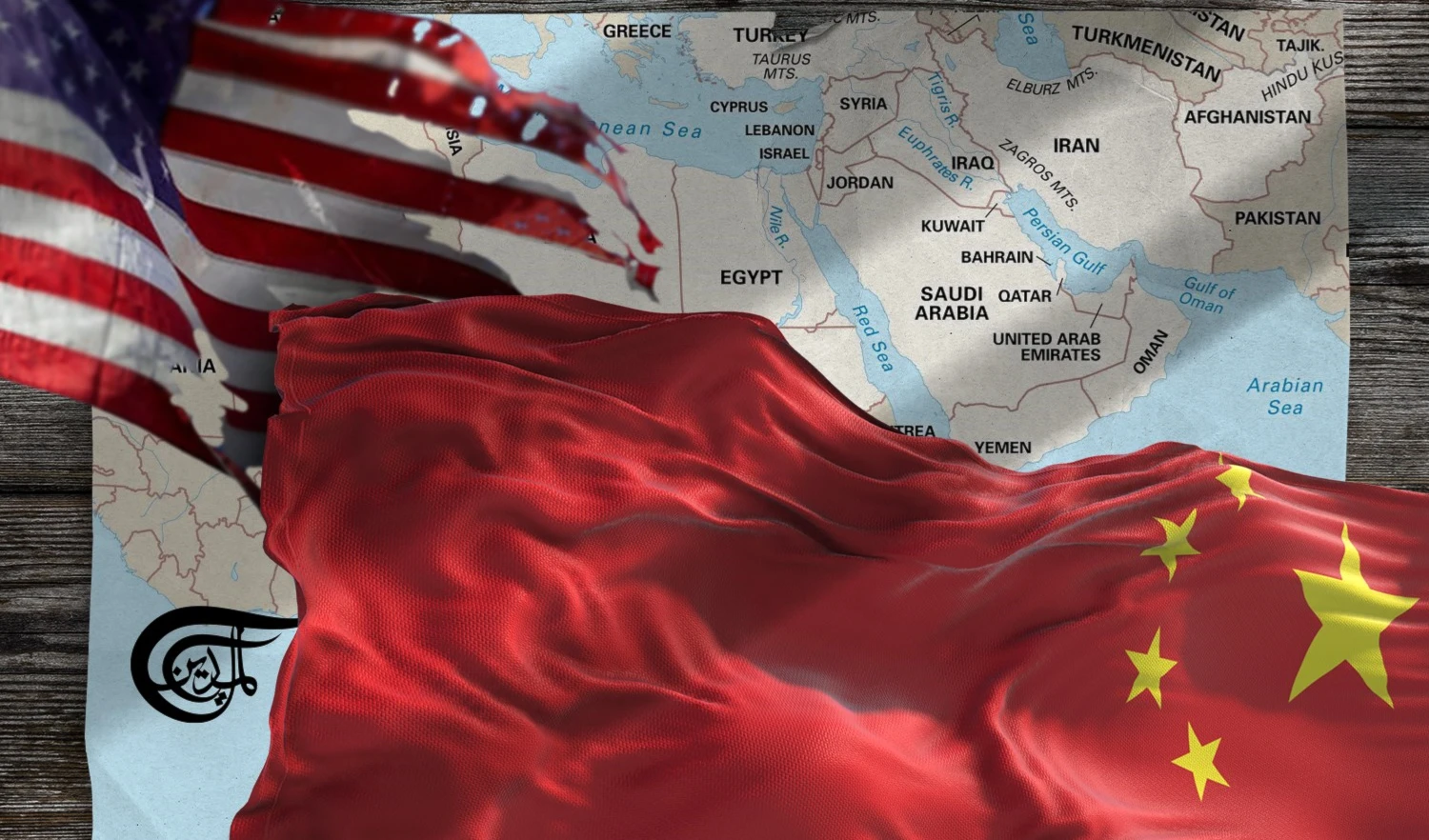Advancing Unity and Prosperity at the Tenth Ministerial Meeting of the China-Arab States Cooperation Forum
The steadfast cooperation between China and the Arab states is now a beacon of shared prosperity and development.
-

The success of these economic ventures is complemented by an equally impressive array of cultural exchanges (Illustrated by Batoul Chamas to Al Mayadeen English)
The recent convening of the Tenth Ministerial Meeting of the China-Arab States Cooperation Forum (CASCF) in Beijing marks a significant milestone in the 20-year history of this influential platform. This event, which occurred on May 30, 2024, celebrates two decades of robust partnership and sets the stage for an even more prosperous future. The meeting holds particular importance as it follows the successful first China-Arab Summit held in December 2022 in Saudi Arabia. With President Xi Jinping at the helm, this summit underscored the enduring spirit of China-Arab friendship, encapsulated in the values of solidarity, mutual benefit, and inclusiveness.
The steadfast cooperation between China and the Arab states is now a beacon of shared prosperity and development. Over the past year, the initiative to build a China-Arab community with a shared future has seen tremendous progress, becoming a banner under which political, developmental, security, and cultural collaborations have thrived. This meeting in Beijing is a testament to the deepening strategic trust and the expanding scope of China-Arab relations.
Economically, the ties between China and the Arab states have never been stronger. China has solidified its position as the largest trading partner for the Arab world. Over the past two decades, trade volumes have skyrocketed, reaching a record $400 billion annually, a tenfold increase from 20 years ago. This exponential growth is a clear indication of the mutual benefits derived from this partnership. The Belt and Road Initiative (BRI) has been a cornerstone of this economic relationship, with China and Arab states jointly undertaking over 200 major projects. These projects, spanning infrastructure, energy, finance, and other sectors, benefit nearly two billion people across both regions.
In the energy sector, the cooperation is particularly noteworthy. China imported 265 million tons of crude oil from Arab countries in 2023 alone, accounting for 47% of its total crude oil imports. This vital exchange is not just about trade; it represents a strategic partnership built on mutual reliance and shared goals. The collaboration is expanding into new energy domains such as photovoltaic energy, wind power, civil nuclear energy, and hydrogen energy, showcasing a forward-looking approach to sustainable development.
The success of these economic ventures is complemented by an equally impressive array of cultural exchanges. Cultural ties between China and the Arab world have deepened, promoting a rich exchange of ideas and traditions. The establishment of 21 Confucius Institutes and classrooms across 13 Arab countries is a prime example of this cultural bridge. These institutions have played a pivotal role in teaching the Chinese language and fostering a deeper understanding of Chinese culture among Arab youth. This educational exchange is not one-sided; the Arabic language and culture are also celebrated and studied in China, reflecting a mutual respect and admiration.
Television programs and cultural festivals further illustrate the vibrant cultural interplay. Chinese audio-visual content, such as "Migration to Happiness," "Republic Medal," and "Masks and Treasures," has found enthusiastic audiences in the Arab world, with over 500 million views. Additionally, the translation and publication of 50 classic works from both cultures have enriched the literary landscapes of both regions, allowing for a deeper appreciation of each other’s heritage.
Tourism and personal exchanges have also rebounded strongly post-pandemic, with air travel between China and Arab countries surpassing pre-pandemic levels. New air routes, such as those between Beijing and Riyadh and Xiamen and Doha, have opened new corridors of friendship and cooperation. These connections are more than just flights; they symbolize the ever-growing bond between peoples, facilitating greater understanding and shared experiences.
The tangible achievements in infrastructure projects underscore the practical benefits of China-Arab cooperation. Landmark projects such as the tallest building in Africa, located in Egypt's new administrative capital, the 1,200-kilometer East-West Highway in Algeria, the Lusail Stadium for the Qatar World Cup, and the Mohamed VI Bridge in Morocco, the largest suspension bridge in Africa, stand as monuments to the fruitful collaboration between China and the Arab world. These projects are not just feats of engineering; they are symbols of a shared vision for progress and prosperity.
The China-Arab partnership is also making significant strides in advanced fields such as information technology, space exploration, big data, and artificial intelligence. Joint ventures in these areas are driving innovation and technological advancement, further solidifying the foundation for future growth. The successful operation of multiple centers for technology transfer, Beidou satellite navigation, and international research on drought and desertification combat are testaments to the high-level cooperation between scientific and innovative enterprises in both regions.
The tenth ministerial meeting of the CASCF represents a new chapter in China-Arab relations. The commitment to accelerating the implementation of the outcomes of the first China-Arab Summit is a clear indication of the shared resolve to elevate this partnership to new heights. The path forward is bright, as China and the Arab states continue to work together towards greater strategic trust, economic prosperity, and cultural harmony.
The China-Arab relationship stands as a model of international cooperation. It is a testament to what can be achieved through mutual respect, shared goals, and collaborative efforts. As both sides march forward, hand in hand, towards a future filled with promise and opportunity, the China-Arab partnership will undoubtedly continue to thrive, bringing about unprecedented levels of development and cultural enrichment for both regions

 Mohamad Zreik
Mohamad Zreik
 5 Min Read
5 Min Read











